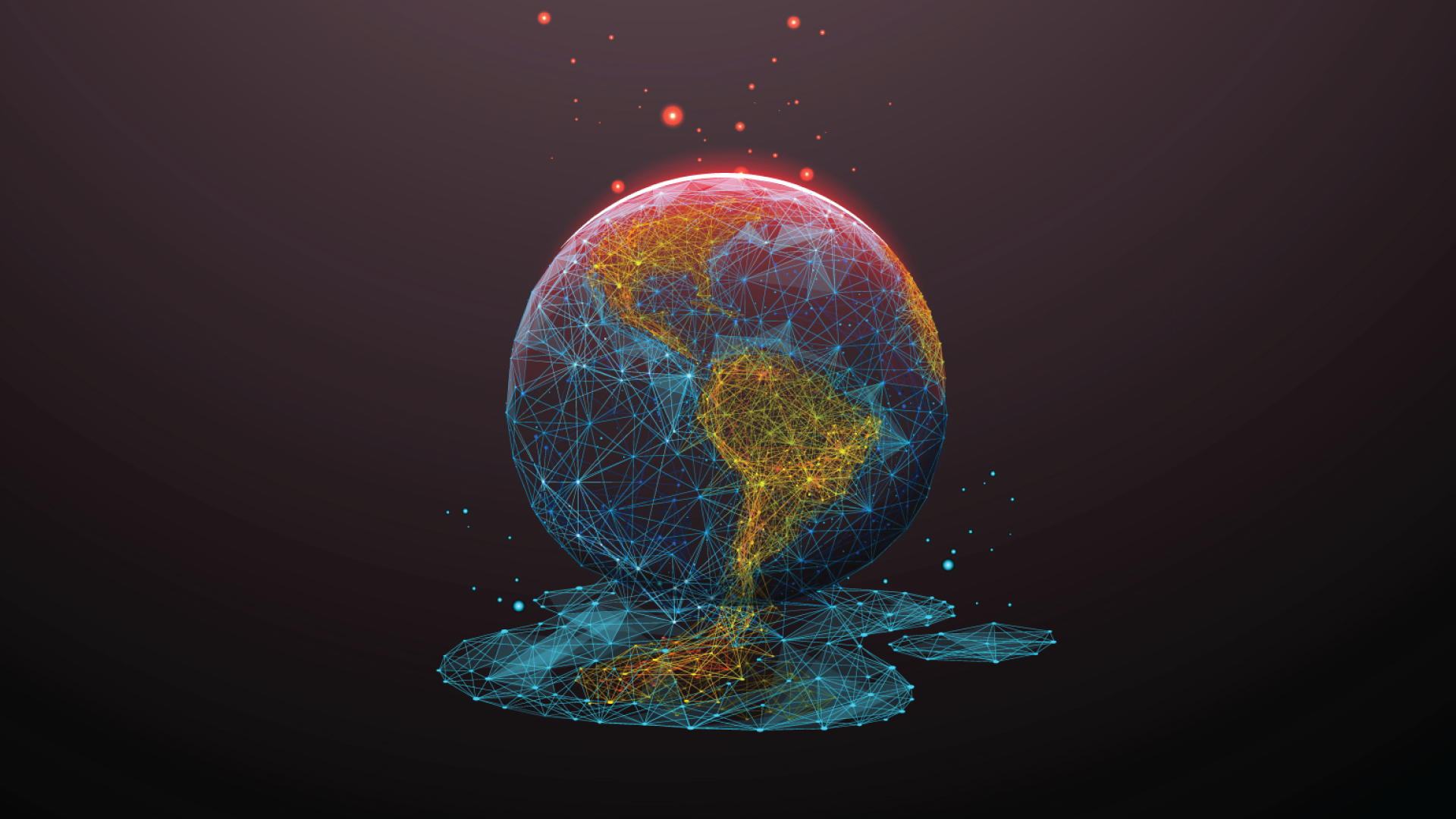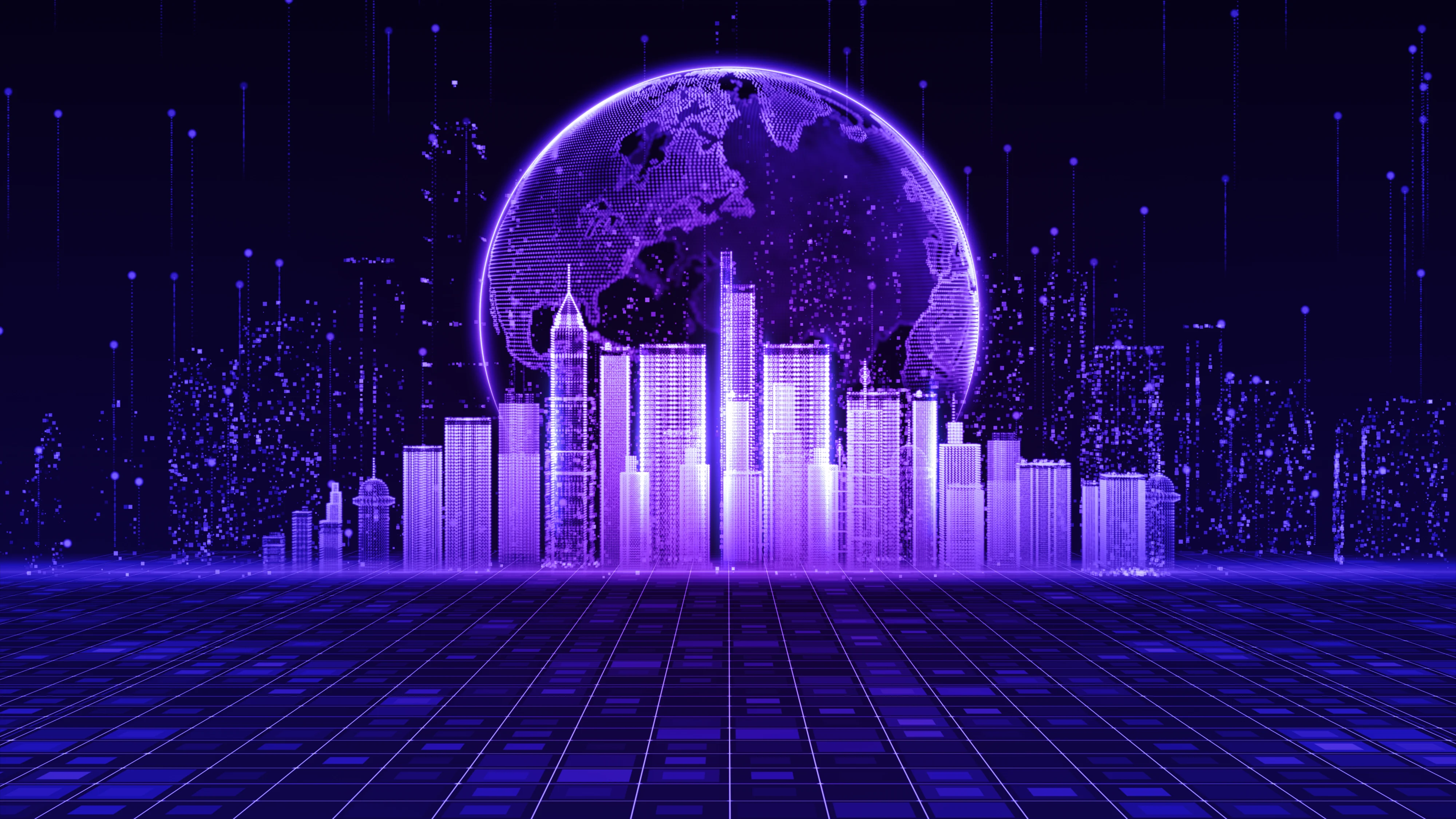The concept of a digital twin, while nothing new, has slowly been gaining traction over the last few years, particularly as it is increasingly being seen as a key enabler of Industry 4.0. For the uninitiated, a digital twin is a digital representation of a product, process, service, or in this case, an ecosystem. A network simulator can be the digital twin off an actual network, a virtual machine can be a digital twin of a server and so on. The digital twin of a resource can be used to test changes to its configuration, behaviour, and used in business processes in ways that are less destructive or intrusive than their real life physical equivalent. The technology is useful because it can be used to run stress tests that would be too complex or costly to run in real life – they allow us to see what might happen when certain adjustments are made to a resource or process. Fundamentally, it can execute simulation models to test and predict process changes when under different and varied ‘what if’ scenarios.
So how does this relate to climate science? Well, a highly accurate model of the earth powered by supercomputers, AI, cloud computing and high speed connectivity networks, and fed by various data sources including Copernicus satellites, will monitor and predict environmental change and its impact on human life. The ambition of this initiative is to enhance our ability to produce climate models with unprecedented levels detail and reliability. It is hoped that the long term shifts in temperature and weather patterns – those that are caused by human activity and the burning of fossil fuels – can be anticipated and potentially mitigated.
The initiative is a key pillar of the EU’s Green Deal strategy which aims to protect the environment and cut greenhouse gas emissions in line with the Paris agreement and meet the goal of limiting global warming to 1.5 degrees. Its initial phases will actually see the creation of two digital twins: one for projecting weather-induced and geophysical extremes, and one to support climate adaption. The digital twin on weather-induced and geophysical hazards will focus on floods, droughts, heat waves, and geophysical phenomena like earthquakes, volcanic eruptions, and tsunamis. In case of floods, for example, the digital twin will help local and regional authorities to test actions with greater accuracy that will help save lives and reduce property damage. The second digital twin will provide observation and simulation capabilities to support activities and mitigation scenarios for climate change. To help achieve carbon neutrality, information will be made available from different domains such as sustainable agriculture, energy security, and protection of biodiversity. By 2030 the convergence of the different digital twins in a ‘full’ replica of earth is anticipated to be achieved.
By analysing the past, monitoring the present, and predicting the future via the use of a digital twin, climate experts may feel more equipped to save human and animal life, preserve habitats in the face of natural disasters and reduce the socio-economic impact of climate disruption. But while digital technologies are an invaluable tool in helping scientists fight climate change, it is perhaps important not to overstate their power. More in-depth research into climate science and modelling are fundamental when it comes to understanding the way the planet responds to various triggers, yet it is vital that we don’t get too invested in the idea that we can rely on technology alone to navigate and mitigate the existential threat of climate change. Given that the fundamental drivers of environmental breakdown are largely known today, the only viable solution is an unequivocal break with our consumerist cultures and a sharp reversal of the extractive economies we have come to rely on in recent centuries. The extreme difficulties that lie ahead require more than advanced maps and models – they can support us, but we must look within ourselves and drastically adjust our own behaviour and habits and demand higher standards from our elected representatives if we are to have any real hope of ensuring a precious, brighter future.
















